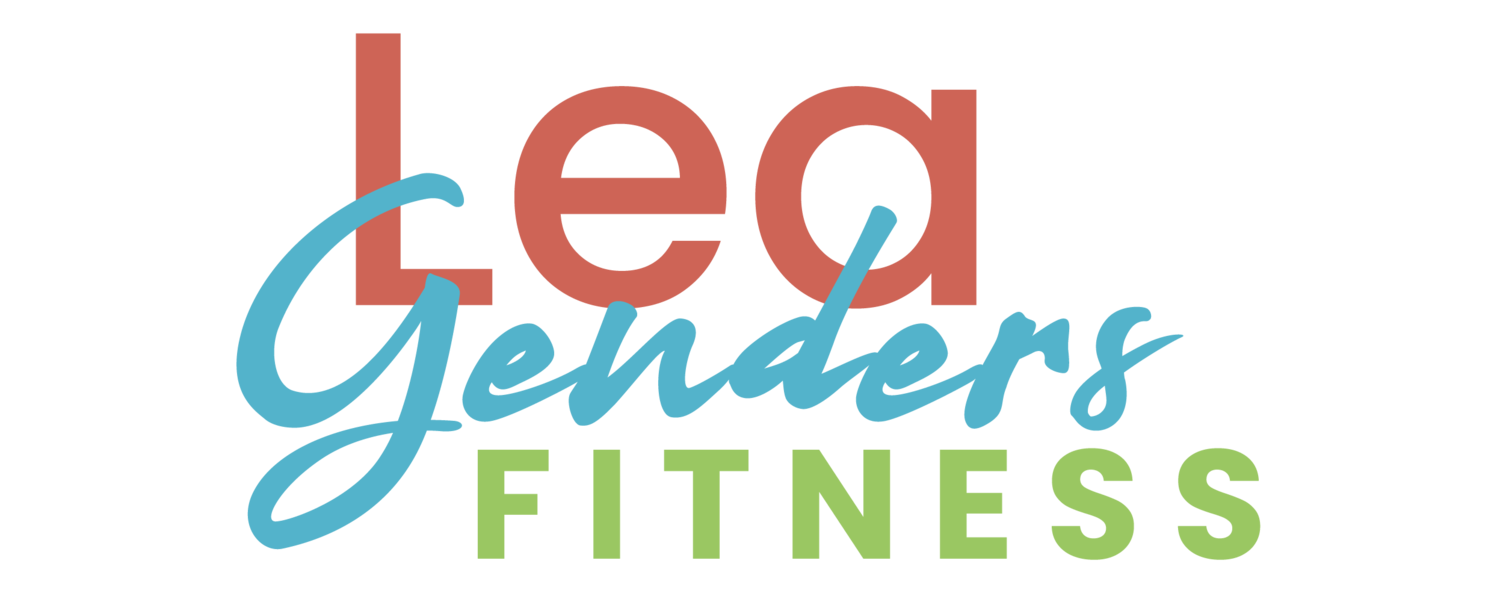Running is natural; most of us don't take extensive lessons to learn the skill of running. One day, the motivation gods bless us with a desire to lace up a pair of shoes, and we start running. It's one of the beautiful aspects of running; it doesn't take much knowledge, skill, or experience to get started. We learn as we go. We start awkward and uncomfortable, and as our bodies adapt, we get past that beginner stage. Then we can begin to learn, grow, practice, and experience ways to improve our running abilities. We start asking questions like, how can I run faster, how can I run farther, and the savviest runners ask, how can I be more efficient to run farther and faster?
If you haven't thought much about your running form or technique, there are likely a few simple corrections you can make to improve your performance right away and decrease your injury risk. These are common running form mistakes that even experienced runners make that can slow down your pace.
Arm Swing
The mistake: crossing your arms over the front of your body
Once, a long time ago, I thought it would be fun to strap a sports action camera to my chest and go on a mud run with some friends. When I reviewed the footage, besides the shaky camera and mud-covered lens, the footage was unusable to launch my potential YouTube career because I kept swinging my arms in front of the camera when running. I, of course, didn't even realize this was something I did until I watched the video. This form mistake wastes energy and slows down your overall pace.
Running Form Correction: keep your arms bent at a 90-degree angle and swing them forward and back only; your arms should never cross over your chest.
Eye Gaze
The mistake: Looking down at your feet while running
This technique error is common once you get tired and distracted on your run.
If your running shoes come into view, you are looking the wrong way! If your head looks at the ground, your shoulders are also likely rounded forward, encouraging your back to round forward. Besides being inefficient, these form deviations can lead to muscle compensations (the wrong muscles taking over for weak or inactive ones) which, over time, can cause an injury.
Running Form Correction: An efficient running form stands tall, with shoulders back and down, with the gaze straight ahead with a neutral neck.
Stride
The mistake: Landing your foot with a straight leg in front of your body
Over-striding slows you down with a breaking effect and puts unnecessary stress on your joints.
Running Form Correction: Take quick short steps that land under your center of gravity. If you aim to keep a slight bend in your knees at all times through your stride, this issue will usually take care of itself.
It's simple but not always easy to make form corrections because your body remembers and develops patterns. If you lose focus on your form during your run, it's easy to revert to old inefficient movement patterns.
If it is challenging, don't give up yet. Don't attempt to change everything at once. Choose one technique that seems the easiest for you to adjust. Practice your new-improved running form, consider filming yourself running around the track a few times, and mentally check in with your form periodically until it becomes second nature, then move on to another technique improvement.
Put Running Form Corrections Into Practice
There's a fine line between getting lost in your run and staying present and aware. On the one hand, a run lost in thought can feel effortless and help untangle the worries and thoughts of the day. But if you are too disconnected, your running technique may suffer as you slip into poor form as your body gets tired. If you are present in your run, focusing on form and breath, it may be more mentally challenging and less stress-relieving.
The key is to find the balance between flow (the automatic) and presence. Set your watch or app to buzz at every half or one-mile marker. When it buzzes, take one minute to check in with your form and breath.
Stand up tall, look straight ahead, put a bit of extra effort into that forward and back arm swing, and take short quick steps with bent knees landing under your center of gravity. Once you feel good about your technique, feel free to slip back into your thoughts until that next buzzer.
The truth is running is a skill, and you can improve your technique with awareness and practice. A more skilled and experienced runner is faster and less injury-prone.
Are you making any of these running technique mistakes? Often we are not even aware of it, as my chest-strapped camera revealed. Awareness is the first step to improve. Pay attention to these common running form mistakes on your next run, and let me know how it goes!
Did you like this post? Do you know someone who might benefit? It helps me when you share with your friends and followers on Facebook, Twitter, or Pinterest.
Questions? I’d love to help.
















In this blog post, I explain why terms like "eat clean" and "cheat meal" can actually undermine your long-term health efforts. As a health coach, I see how this kind of rigid, judgmental language creates frustration and keeps good people feeling stuck. Since no one can even agree on what "clean" means, it turns enjoying food into a confusing moral struggle. I share how letting go of this black-and-white thinking is the key to making sustainable progress. Your health journey should feel supportive and fit your real life, not an impossible ideal.